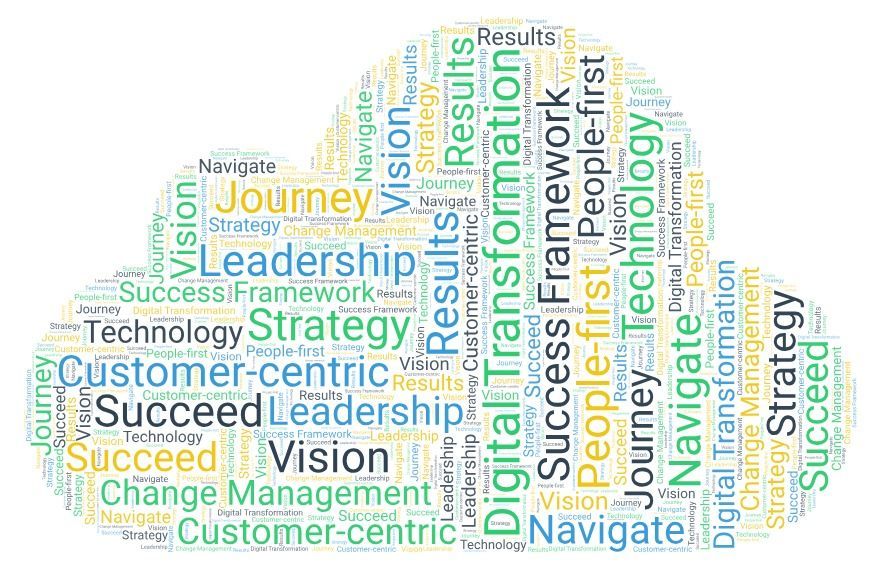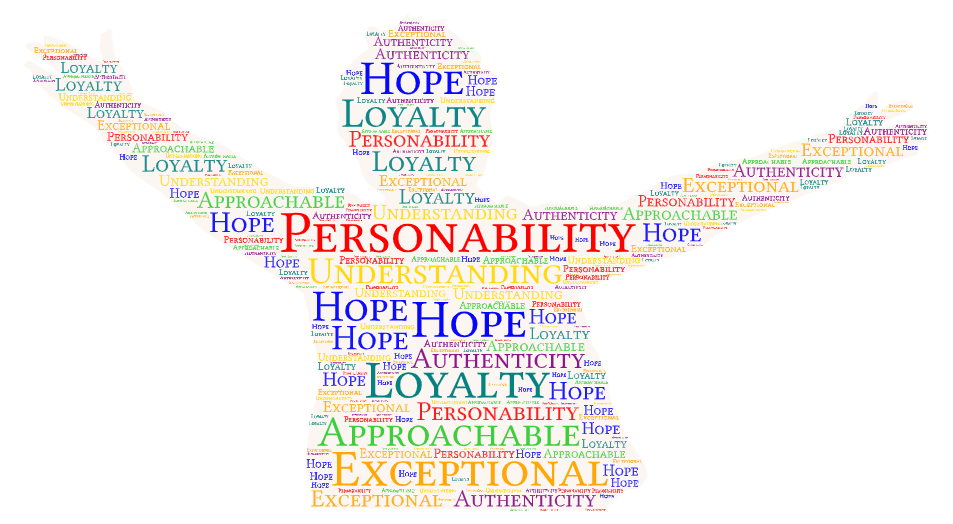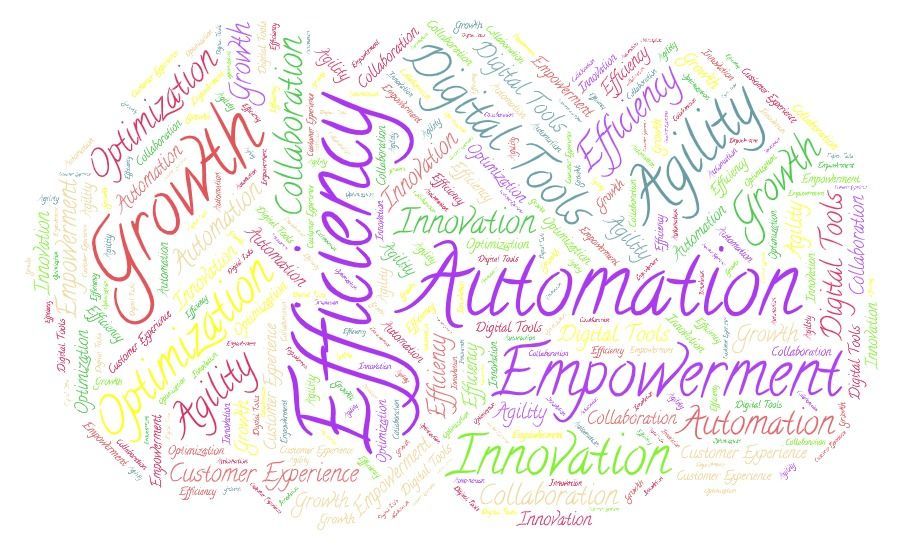Why Employee Training is Crucial for Exceptional Client Experiences
In today’s competitive business landscape, companies must prioritize employee training to ensure exceptional client experiences. Investing in employee development not only benefits the workforce but also directly impacts the bottom line. Let’s explore why training and empowering employees are essential for fostering lasting client relationships.
1. Enhanced Skills and Knowledge
Effective training programs empower employees with the necessary skills and knowledge to excel in their roles. Whether it’s mastering industry-specific tools, understanding work ethics, or improving human relations, training ensures that employees stay up-to-date with industry changes. As employees become more proficient, productivity increases, leading to higher profits for the organization.
2. Addressing Performance Gaps
Regular performance appraisals often highlight areas where employees need improvement. Training programs can bridge these gaps by providing targeted learning opportunities. When employees receive training tailored to their specific needs, they can address identified problem areas and contribute more effectively to the company’s success.
3. Preparing for Advancement
As employees move into higher roles or take on additional responsibilities, training becomes crucial. These programs equip them with the skills required for their new positions. For instance, leadership training prepares future managers, while software training ensures seamless transitions to new tools. By investing in employee growth, organizations demonstrate their commitment to individual development and long-term success.
4. Valuing Employees
Implementing training programs sends a powerful message: Employees matter. When companies invest in continuous learning, employees feel valued and appreciated. This sense of investment boosts morale and motivates employees to contribute their best. As a result, they become more productive and committed to the organization’s goals.
5. Testing New Performance Management Systems
Training serves as a litmus test for the effectiveness of new performance management systems. By evaluating how well employees adapt to changes, organizations can fine-tune their strategies. A well-implemented training program ensures that employees align with organizational goals and contribute positively to client experiences.
Sources:
- Indeed.com: The Importance of Training Employees - This article provides insights into the benefits of employee training and its impact on organizational success.
- ServiceBrandGlobal: Why Customer Service Training Is Important for Employees - Learn how customer service training directly influences client interactions and sustains brand values.
Remember, a well-trained workforce not only drives immediate sales but also fosters client loyalty and generates valuable referrals. Prioritize employee training, and watch your organization thrive in delivering exceptional client experiences!









